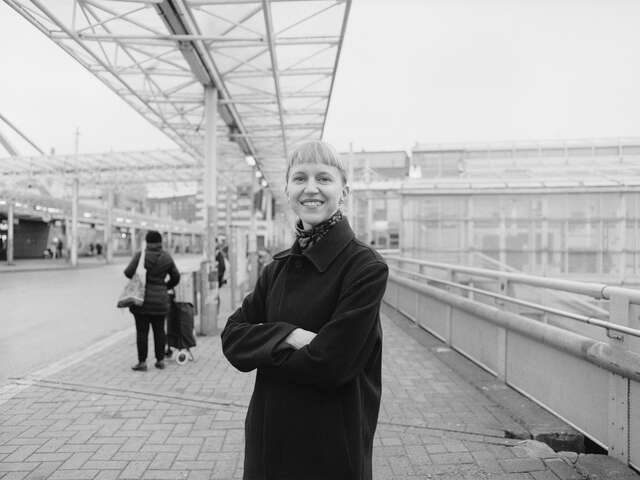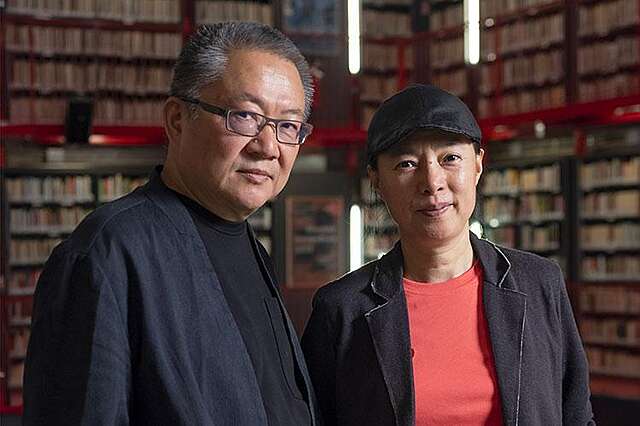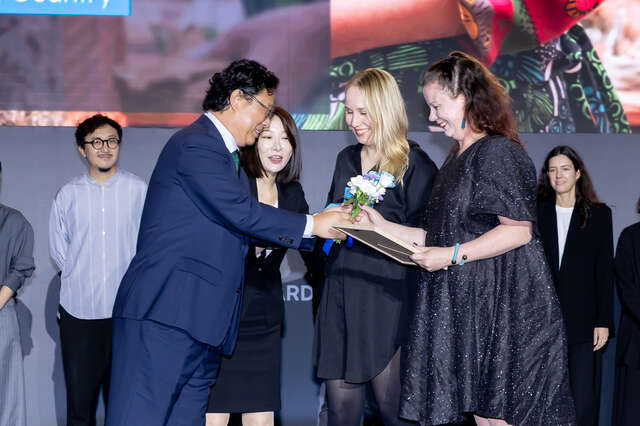Huussi – Imagining the future history of sanitation opens in Venice
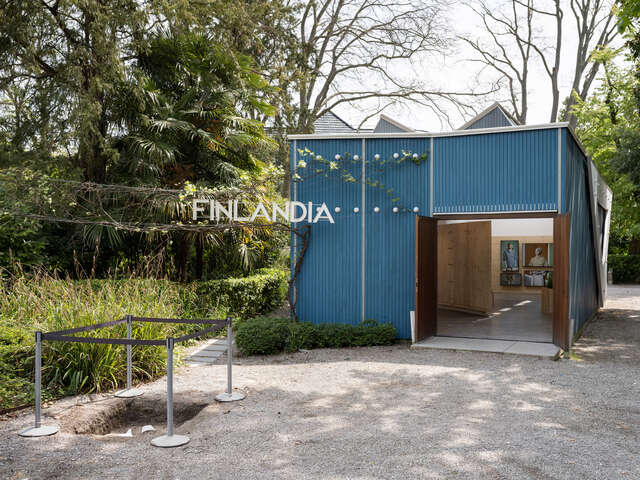
Ugo Carmeni
The Pavilion of Finland's exhibition at the 18th International Architecture Exhibition of La Biennale di Venezia declares death to the flushing toilet as we know it.
Finland’s exhibition aims to raise awareness and create dialogue about the importance of reinventing sanitation infrastructure to serve the world as it is today, not a century ago. Freshwater scarcity and the overuse of chemical fertilizers are at the centre of urgent, global economic and ecological challenges that include water and food security, climate change and ecosystem collapse.
The Dry Collective, a group of architects, designers and artists led by project curator Arja Renell, is using Finland’s participation at the 18th International Architecture Exhibition of La Biennale di Venezia to declare the death of the flushing toilet as we know it.
The exhibition begins in the grounds of Finland’s Alvar Aalto-designed pavilion, with a staged reconstruction of an archaeological excavation that symbolically consigns the flushing toilet to history. Inside the pavilion, our current approach to sanitation is re-examined through an imagined documentary film set in the year 2043.
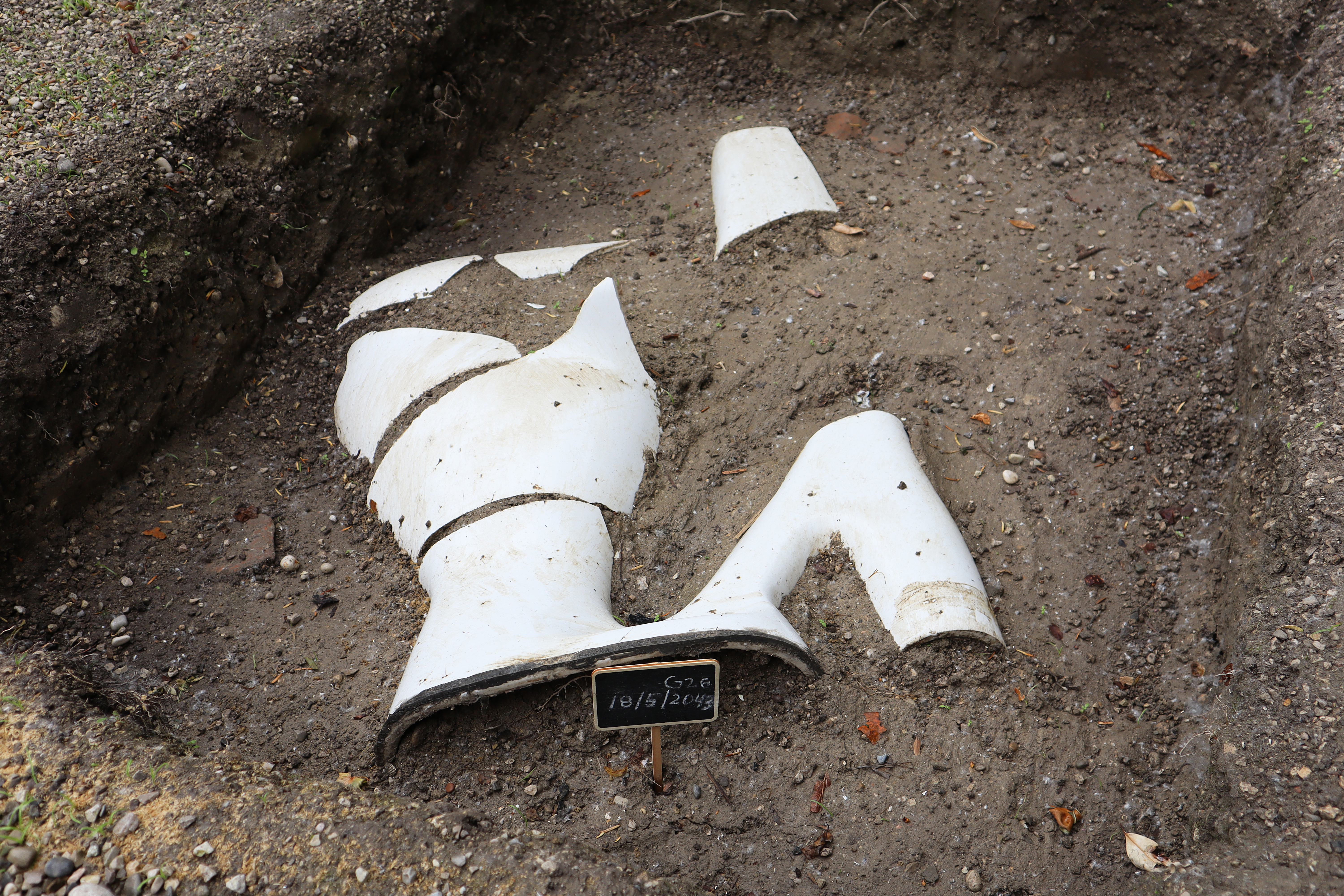
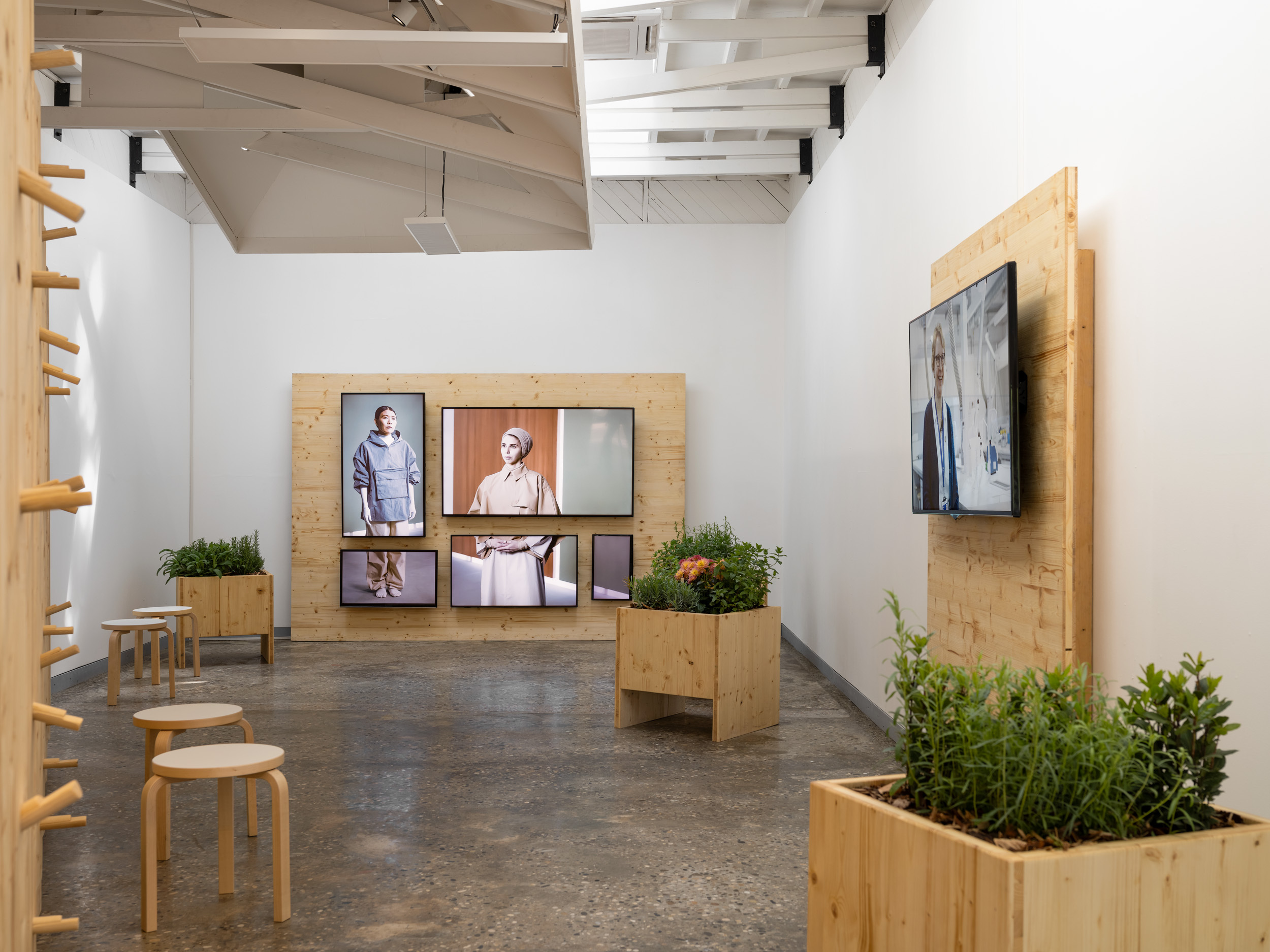
With the help of time travel, the exhibition will present the absurdity of our current overuse of water and fertilizers. Other video works give in-depth information about nutrient recycling and the urban challenge of alternative sanitation solutions.
A Finnish huussi – a composting toilet familiar to many Finnish people through its use in rural settings and holiday homes – has been installed in the centre of the pavilion, constructed using a demountable system that uses offcuts of structural cross-laminated timber (CLT) panels as a building material. While the huussi cannot be used during the exhibition period, it is a working system and at the end of the biennale the entire structure will be donated to VERAS, a local non-profit organisation that has developed an agricultural park and allotments on the nearby Venetian island of Vignole.
The huussi is surrounded by plant containers filled with organic compost and fertilized with human urine-based fertilizer, inviting visitors to re-evaluate their role in the cycle of food production and present the possibility of transforming our resource-intensive systems of water and fertilizer use into a low-input, energy-producing and sustainable circular process based on composting.
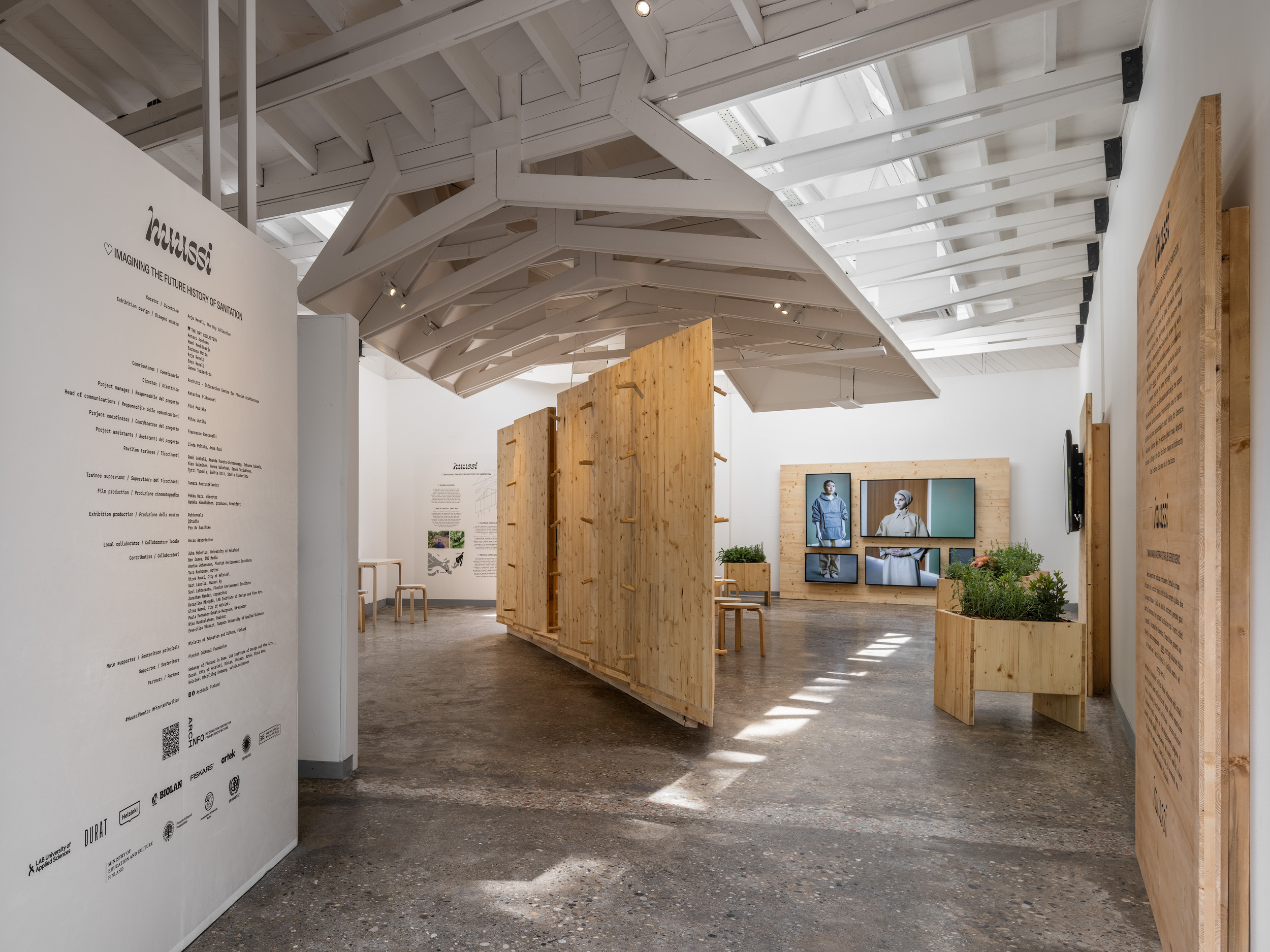
Huussi – Imagining the future history of sanitation engages with the “Laboratory of the Future” theme set by curator Lesley Lokko by looking critically at unsustainable practices of water and fertilizer use. The exhibition, the accompanying publication Death to the flushing toilet (ao-publishing.com), and planned workshops will seek to offer hope for the future. Alternative urban scale infrastructure solutions are already out there and ready to be developed further. Echoing the call to action issued by Lokko, the pavilion will invite the public and professionals to start envisioning new solutions to a global problem: the time for paradigm shift is now, we just need to start demanding it.
The exhibition uses the huussi as a domestic-scale starting point for conversations about the subject of how we treat our waste in the context of the climate crisis. In developed economies, 30% of domestic water use is used for flushing toilets. Wastewater processing accounts for 3.5% of global greenhouse gas emissions and 1.3% of CO2 emissions – comparable to the aviation industry. Globally 80% of wastewater is released into the environment without treatment, resulting in a public health hazard and ecosystem destruction.
The exhibition also highlights the carbon intense production of nitrogen fertilizers and the undemocratic and extractivist production of phosphorus fertilizers, both of which could be reduced if our waste was recycled efficiently. Nitrogen and phosphorus washed into watercourses through agriculture and wastewater processing have become pollutants that threaten the future of the planet. Both are identified as “high risk” by the Stockholm Resilience Centre’s nine planetary boundaries study.
Katarina Siltavuori, Director of Archinfo, and the Commissioner of the Pavilion of Finland said:
“The flushing toilet is a perfect product of the consumerist era – convenient, hygienic within the home, and low maintenance. You press the flush and litres of abundant, low-cost water carries away all responsibility you had for your waste, to be dealt with elsewhere by government-subsidised infrastructure. It’s another example of a technology that is wasteful, globally unequal, and ecocidal that we’re all hooked on in developed economies.
“The familiar Finnish composting toilet is a good starting point for the discussion on the need for change.”
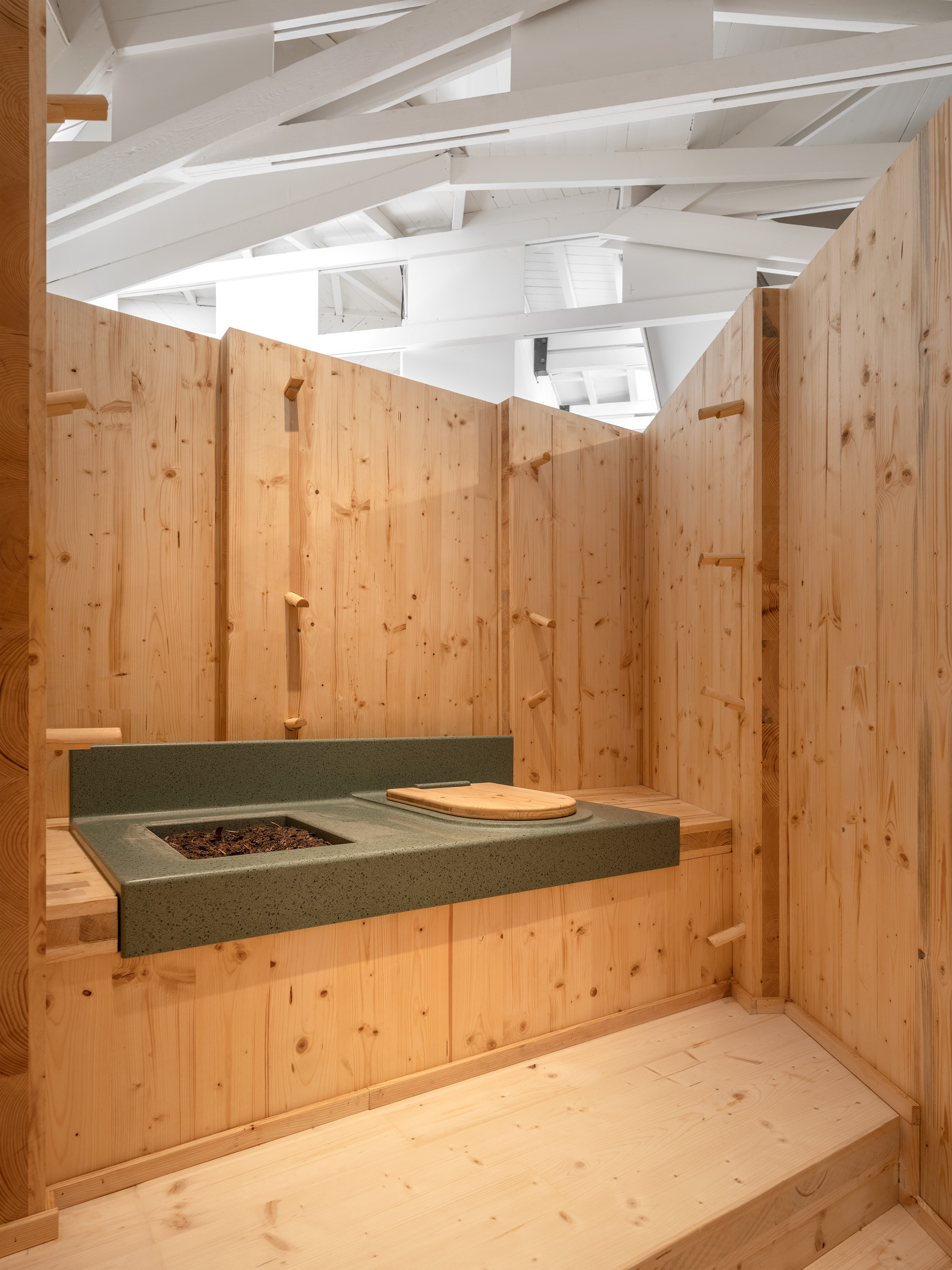
On behalf of The Dry Collective, curator Arja Renell said:
“We cannot live on a planet where billions of people use rapidly diminishing fresh water resources to flush their waste. We cannot feed ourselves by bringing about ecosystem collapse. The whole system needs to change. A shift will come as we begin to see our waste as a valuable resource, and transition to treating it as such.
“We want to share the domesticity and utility of the Finnish huussi to inspire a dialogue about the state of what is possible. What considerations become critical, and how will solutions vary in different parts of the world? Huussi inspires and invites all professionals to start looking for alternative solutions which would better serve the world we inhabit today.”
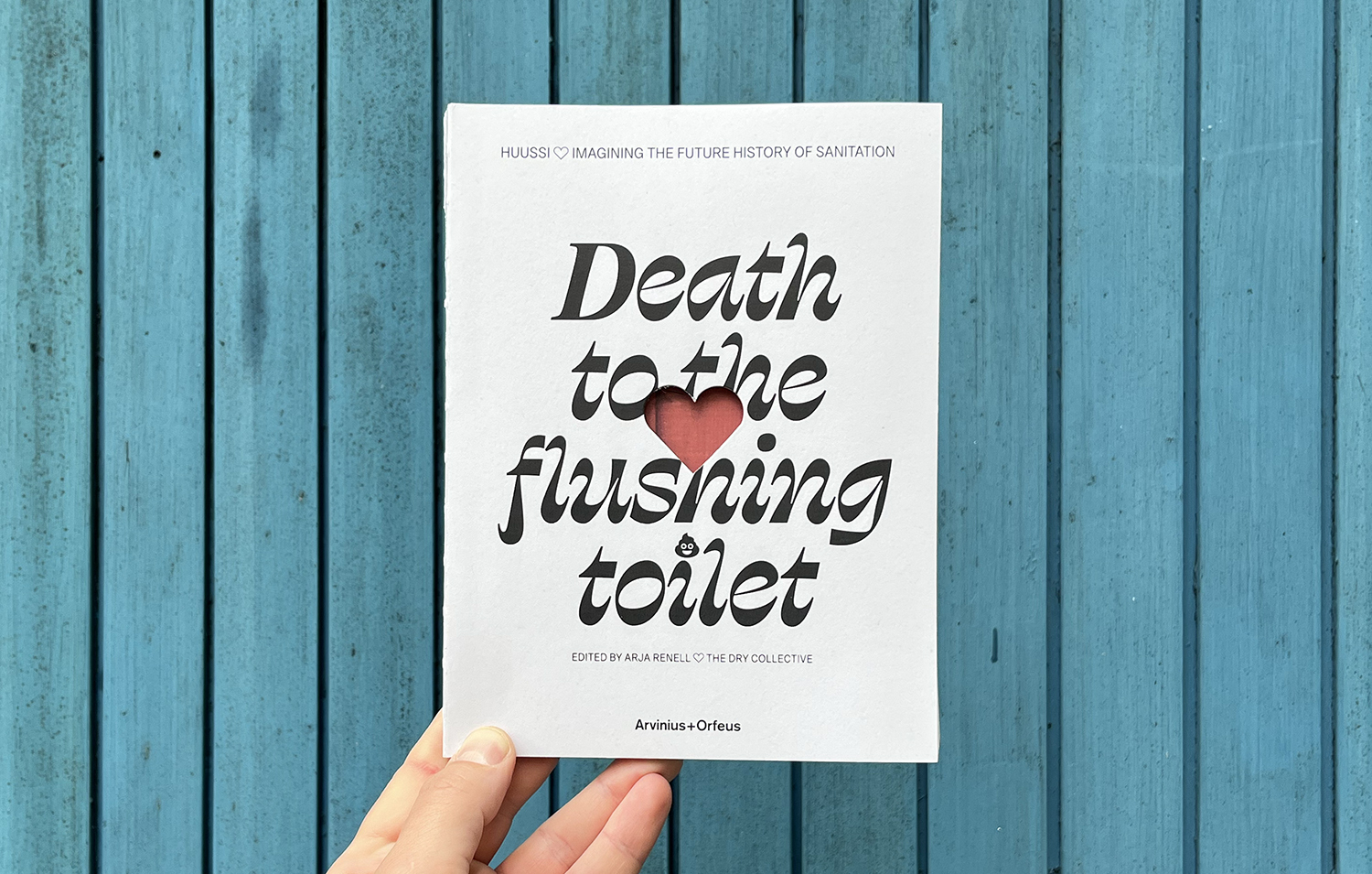
Huussi – Imagining the future history of sanitation is commissioned and produced by Archinfo – Information Centre for Finnish Architecture, and realised by The Dry Collective, a group made up of: Artist and architect, Arja Renell (curator); Eero Renell, partner of von Boehm – Renell Architects; Emmi Keskisarja and Janne Teräsvirta, the founders of e&j Architects; Antero Jokinen, an independent designer, writer and creative director; and Barbara Motta, an architect based in Udine, Italy.
The exhibition was made possible by the Ministry of Education and Culture, Finland. The main supporter of the exhibition is The Finnish Cultural Foundation. Additional supporters are LAB Institute of Design and Fine Arts, Durat, City of Helsinki, Biolan, Fiskars, Artek, Helsinki Distilling Company, Stora Enso, and the Embassy of Finland in Rome.
